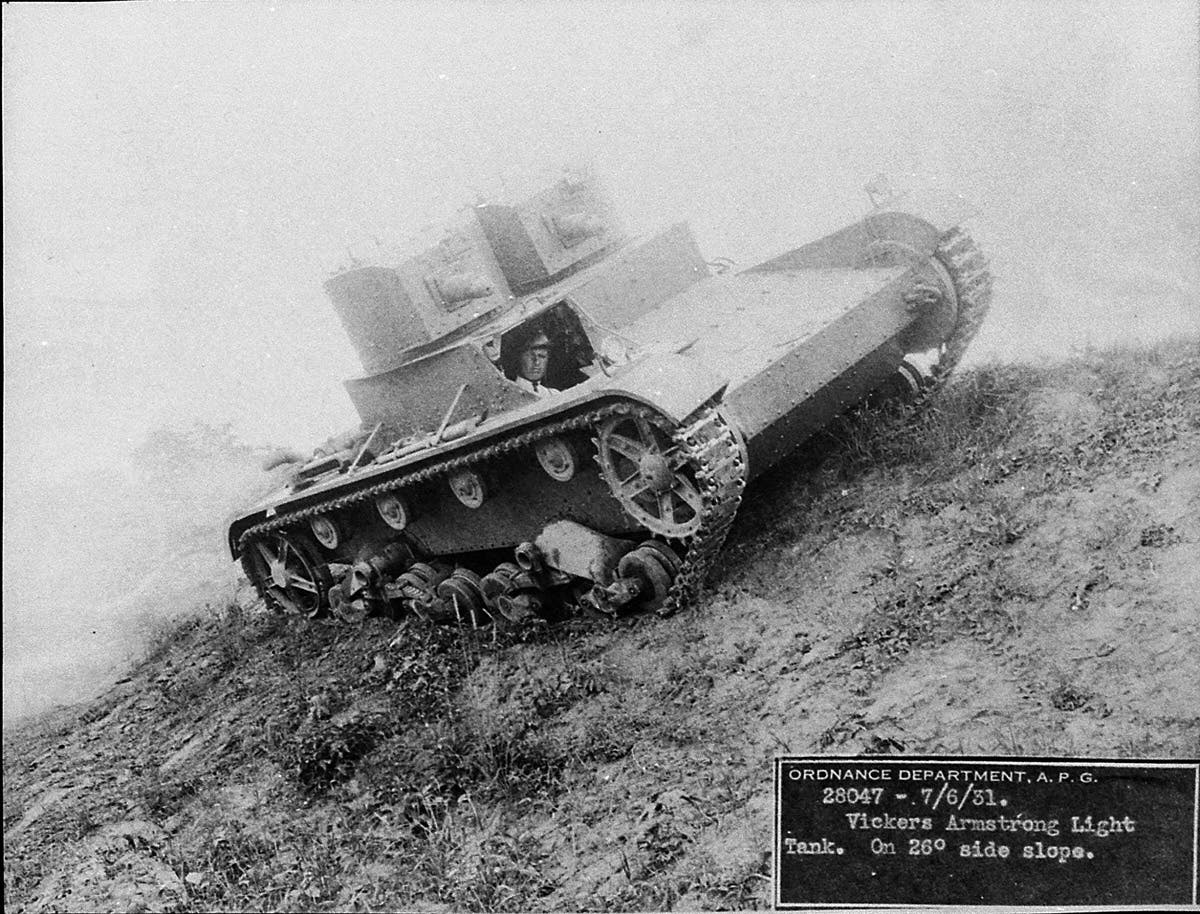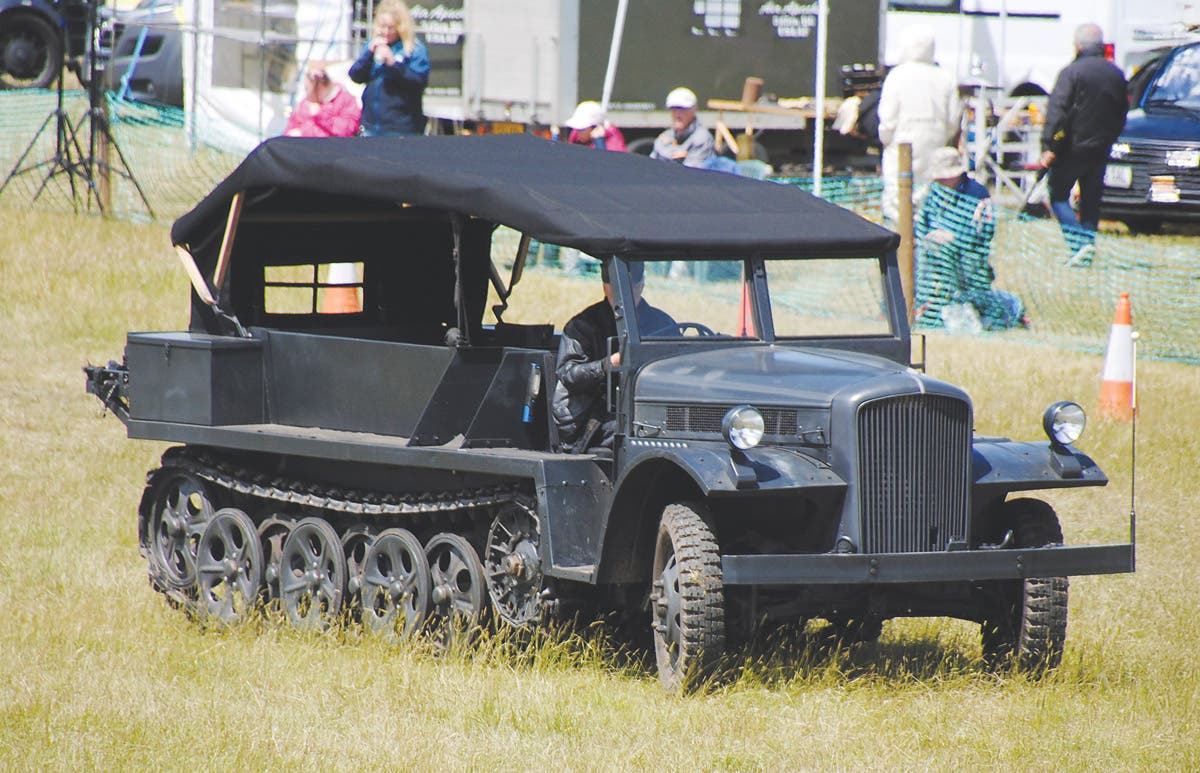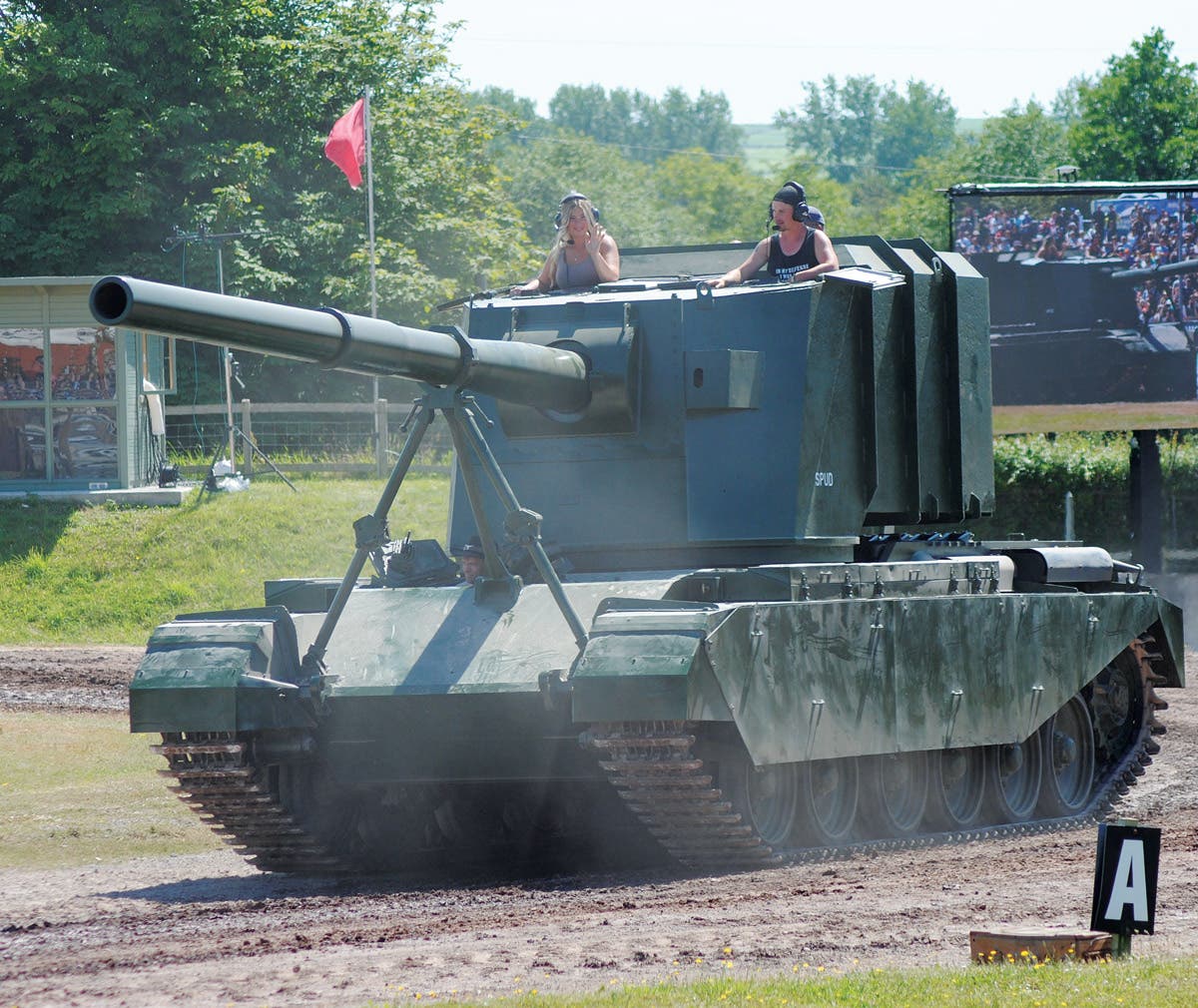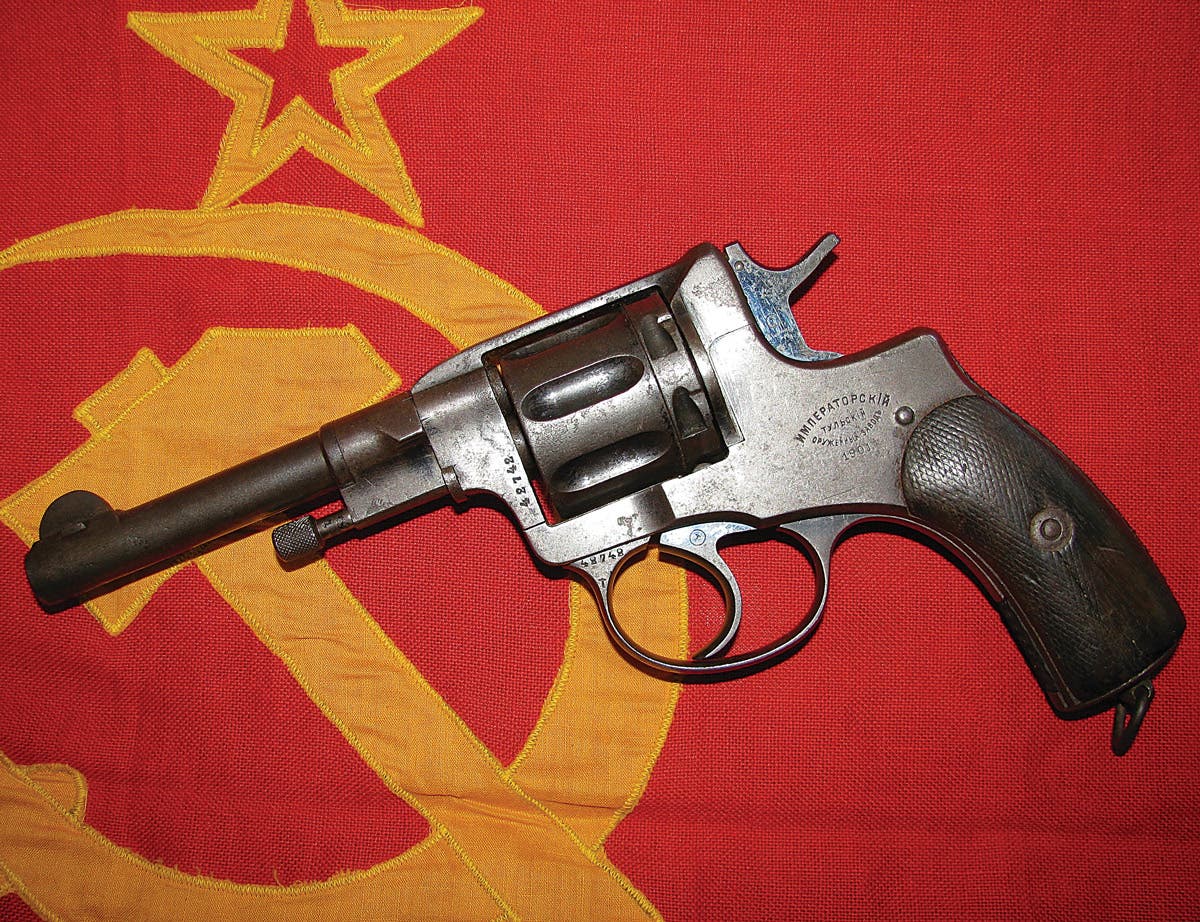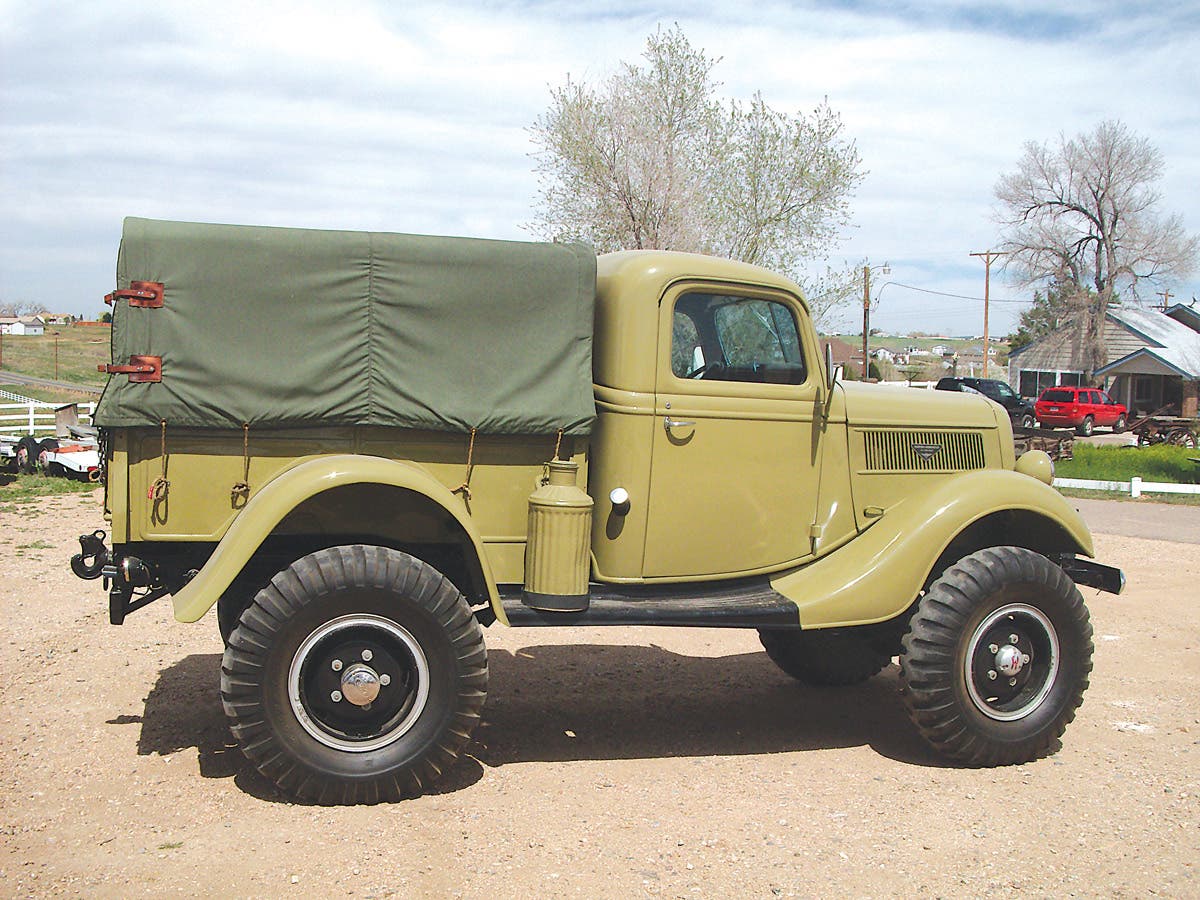The British Army’s FV430 Series
From APC to Stug III…that’s VERSATILE! The British tracked wonder.
In the early 1960s, the strength of the British army stood at around 220,000 troops to meet several global commitments, including bases in the Middle East, Hong Kong and Belize. However, its single largest deployment was the force known as the British Army of the Rhine, BAOR, which was Britain’s contribution to the defence of Western Europe along with those forces from other nations forming NATO, based in the then national state of Bundesrepublik Deutschland or Federal Republic of Germany (known then as “West Germany”). This was during the period known as the ‘Cold War’ and the threat of conflict with Russia and the then Eastern Bloc nations, forming the Warsaw Pact, was a possibility. To prepare for such an eventuality, NATO countries maintained strong forces and the latest equipment deployed in West Germany.
At that time the British army required a modern armored personnel carrier to transport troops around the battlefield in the event of war and a request was submitted for such a vehicle. The Wellington-based company of GKN-Sankey in Shropshire responded and in 1961 produced a prototype known as the ‘Trojan’. The tracked design took as its starting point the intended FV420 series of vehicles, a project which had been cancelled before it got past the prototype stage. The choice of inspiration was unusual, but GKN’s proposed new design proved better and following a series of successful field trials a production order was placed with the company in 1962.
FV432: The first vehicle in what would develop into a series was designated the FV432, with the first production models ready to enter service being completed in 1963. From this range would emerge seven vehicles, known as the FV430 series, of which the FV432 would become the most familiar and itself be developed into operate in 18 different versions.
Today, almost sixty years after it made its first appearance, the FV432 is still in limited military service, and at the same time retired examples can be seen in museums and some are in private ownership. This means, that with its long service history, which includes deployment to Iraq and Afghanistan, the FV432 is just as likely to be seen at military vehicle shows as it is on operational duties.
FV431: The basic GKN design was sufficiently versatile that it could be configured to a wide number of specialist roles, including recovery versions, radar-carrying vehicles, weapons platforms and support vehicles all based on a common chassis. The first vehicle in the series should have been a cargo carrying version, designated the FV431, but this was cancelled in favor of the 6X6 Alvis-built FV620 ‘Stalwart and programme series skipped straight to the FV432 APC.
FV433: The next vehicle in the series should have been the FV433, a 105mm calibre self-propelled gun, but this followed its own development route to become the ‘Abbot’. It did share many of the same automotive components, including a similar but not identical engine, and the same wheel layout with five sets of road wheels, two return rollers, drive sprocket at the front and idler wheel set to the rear. Apart from these two exceptions, the rest of the FV430 vehicles followed the series in a numerical sequence.
What the company of GKN produced was a basic vehicle with a hull of all-welded steel construction, varying in thickness between 6mm and 12mm, with an empty weight of 13.52 tons. When combat ready this increased to just over 15 tons combat ready with its two-man crew, driver and vehicle commander and carrying a section (squad) of ten combat-ready troops.
Production continued from 1963 until 1971, by which time 3,000 vehicles had been built. It was offered for sale to overseas armies but it did not attract any interest, leaving the British army as the sole user. One of the reasons why it did not attract overseas interest was its weight and armies which had traditionally purchased British designs, such as Australia, opted for the American-built M113 which had just entered service prior to the appearance of the FV432.
In its basic version the FV432 measures 17 feet and three inches in length, nine feet and two inches in width and almost six feet and two inches to the top of the roof, giving it a distinctive box-like appearance. All original versions in the range were fitted with the same engine, a Rolls-Royce K60 No4 Mk4F, six-cylinder multi-fuel developing 240BHP at 3,750RPM to provide road speeds up to 32mph, mounted to the front left hand side of the vehicle.
The heavier weight variants, such as the FV434 Repair Vehicle, which had a combat ready weight of almost 17.5 tons, had a slight reduction in its speed down to 29mph. A fuel capacity of 100 gallons gave an operation range of 360 miles to most of the vehicles in the series. All vehicles in the range could negotiate water obstacles up to a depth of 42 inches but they were not amphibious.
To cross deep water obstacles, such as rivers, the FV432 had to be prepared using a floatation screen. The process took about ten minutes to complete, and was another reason why it failed to gain overseas interest. The vehicle used its tracks to provide propulsive power in the water to achieve a maximum speed of only 4mph. All versions could cope with vertical obstacles up to 24 inches, span ditches up to a width of six feet and nine inches and negotiate gradients of 60 percent.
The driver’s position is set to the right and above his head is a hatch in which is fitted with a vision block. This allows him to drive ‘closed down’ or head out. Suspension is provided by torsion-bar system connected to the road wheels and despite its weight has a ground pressure of only 11.09 pounds per cubic inch.
The first versions entering service were fitted with a full nuclear, biological and chemical (NBC) warfare protection system and infra-red lights for night driving. Successive upgrades over the years have seen the installation of modern systems. The main access point for the infantry section being carried is through a side-hinged, rear-mounted door opening to the right. In the APC role the interior is fitted with five folding seats fitted down either side. The commander has a roof hatch from where he could direct his driver and also fire the machine gun for self-defence.
The FV432 in the APC role was originally armed with a single belt-fed 7.62mm calibre GPMG for which 1,600 rounds were carried. When operating in other roles, such with engineers or artillery, the vehicle was armed with a single magazine-fed light machine gun, for which 1,400 rounds were carried pre-loaded in magazines. When needed the machine guns were fixed to the pintel mounting on the roof to provide fire support for the troops when deployed, but apart from either ofthese the original vehicle did not carry any offensive weaponry.
Two sets of triple smoke grenade launchers, one mounted either side of the hull and set to fire forward, provided a defensive screen for the vehicle and the infantry.
During the service life of the vehicles the series was subject to a series of upgrade programmes, which resulted in various Marks following on from the first Mk 1, including the Mk 1/1, Mk 2, Mk 2/2 and finally the Mk 3. The basic version of the FV432 APC was adapted to serve in 18 various roles, including anti-tank weapons, for which only minor modifications were required and released it from having to rely on specialist vehicles for support. This saw some vehicles serving as ambulances, a role in which they could carry a combination of either four stretcher cases or five seated wounded and two stretcher cases. Some vehicles were fitted to carry the 81mm mortar with 160 rounds which could be fired through a hatch in the roof from a turntable mounting, which allowed the vehicle to provide fire support to infantry units.
Some vehicles served in specialist roles, such as carrying battlefield radar systems including ‘FACE’ (Field Artillery Computer Equipment) and BATES (Battlefield Artillery Target Engagement System) to provide support to artillery batteries and Sonic Detection Vehicle, also intended to support the artillery. Other radar-carrying vehicles were equipped with the ZB298 ground surveillance radar and “Cymbeline” that could detect personnel and mortar fire respectively.
The internal space of the FV432 is sufficient to allow it to be used as a mobile command post with several staff to operate radios and use map boards. The 120mm anti-tank weapon called ‘Wombat’, usually mounted on a two-wheeled carriage could fit into the rear compartment of an FV432 and the crew could then mount it on the roof of the vehicle to serve in the anti-tank role. This was later changed to mount the weapon externally over the circular roof hatch. Lighter anti-tank weapons, such as the 84mm Carl Gustav, shoulder-fired infantry weapon could be used directly from the open hatch of the vehicle in an emergency.
The Royal Engineers had two versions of FV432 equipped to lay mine fields, including the ‘Ranger’ anti-personnel mines which were scattered from a device mounted on the roof of the vehicle. The ‘Bar Mine’ anti-tank mine was laid using a plough-like system towed behind the vehicle. To clear mine fields the Royal Engineers used the FV432 to tow the trailer-mounted ‘Giant Viper’, an explosive-filled hose fired across the minefield and when detonated the explosion destroyed the mines along its path.
The recovery version was fitted with equipment to deal with vehicles up to 16.25 tons and the cargo version could transport loads of over 3.5 tons. Finally, turrets were developed to be mounted over the commander’s roof hatch of the FV432 to allow either single or twin machine guns to be mounted to provide full 360 degree fire to support the infantry.
The larger, turret-mounted 30mm Rarden cannon, as fitted to the FV721 Fox CVR(W),was adapted for the vehicle and gave the FV432 a heavier weapon for self-defence. All of these roles allowed the one basic vehicle to be turned into a comprehensive range all on its own without having to rely on those specialist versions, which had their own FV designation numbers.
FV434: The other variants in the FV430 series included the FV434, a field repair workshop equipped with power tools and a crane which could handle loads up to three tons. This allowed vehicle engines to be replaced in the field without having to transfer to a base workshop.
The FV434 Repair version was operated by a crew of four and was slightly larger and two tons heavier than the FV432 due to the fitting of the crane boom arm. This was operated by men from the Royal Electrical and Mechanical Engineers regiment (REME) and the provided a comprehensive equipped field workshop. The vehicle allowed the engineers to replace tracks, fit new engines and change gun barrels on tanks, making it a true workhorse of the BAOR.
FV435: The FV435 was another radar-carrying version mounting the system known as ‘Wavell’ as too was the FV436, which carried the ‘Green Archer’ system for detecting mortar fire.
FV437:The FV437 was a recovery and ‘pathfinder’ vehicle, intended for reconnaissance roles and fitted with water-jet propulsion units for river crossings. It was only taken as far as the prototype stage and never entered service operationally.
FV438: The FV438 was a heavyweight anti-tank
version launching Swingfire missiles, capable of
engaging main battle tanks out to a maximum range of 4,000 metres.
The FV438 was operated by a crew of three and carried five ready to fire Swingfire missiles in launchers mounted on the rear of the vehicle and were one of the designated specialist missile carriers, along with the Striker CVR(T), in service with the BAOR in the 1980s. The missiles were wire-guided and could be launched from within the vehicle or remotely using a command wire. Reload missiles were carried in the rear compartment of the vehicle.
FV439: Finally, there was the FV439, a specialist signals vehicle packed with the latest state-of-the-art communications equipment used by the Royal Corps of Signals.
FATE OF THE FV430 SERIES
By the 1980s the fleet of the FV430 series had been reduced to around 2,500 vehicles and were upgraded with modern communications and fire-suppressant systems. By the end of the 20th century some 1,500 vehicles were still in service and today there are still many left in service, of which 500 have been or are in the process of being further upgraded to meet current foreseeable operational requirements.
This modernization program commenced in 2006 and included fitting reactive armor for improved survival on the battlefield. The remainder of the fleet have been sold to private owners or museums such as the Imperial War Museum at Duxford in Cambridgeshire, the Tank Museum at Bovington in Dorset and several other locations, where they sometimes participate in mobility displays.
Some “retired” FV432s have continued in their ability to be modified into other roles and some have appeared in film productions, having been converted into Sturmgeschütz III (StuG III) assault gun, as German armor for the epic series “Band of Brothers.”
Because of its sensitive nature most of the specialist equipment fitted to the vehicles, such as NBC protection systems, ‘Ranger’ anti-personnel mine system and battlefield radar, is removed before the vehicles are released for sale on the civilian market.
The versions most likely to be acquired by private owners are the FV432 APC followed by the FV434 and FV438 anti-tank fitted with Swingfire missiles. There are probably several hundred various types of FV430 series in private ownership and they attract a great deal of attention when they attend vehicle shows, especially the more unusual types such as the FV438 Swingfire missile version.
In operational service the FV430 range was popular and reliable, points which have allowed it to be upgraded and ready for deployment if and when needed. In retirement, those in private ownership are very popular and make their presence known when attending vehicle shows.
Whether in a static line-up or participating in a mobility display, they are sure to grab attention. Examples in very good condition can be found for sale can on specialist auction sites on the Internet at reasonable prices. Given the history of the FV430 series and the fond memories which veterans who knew the vehicles from service in the army have for the vehicles and the popular interest from enthusiasts, there is still plenty of life left in the vehicles.
*As an Amazon Associate, Military Trader / Military Vehicles earns from qualifying purchases.



